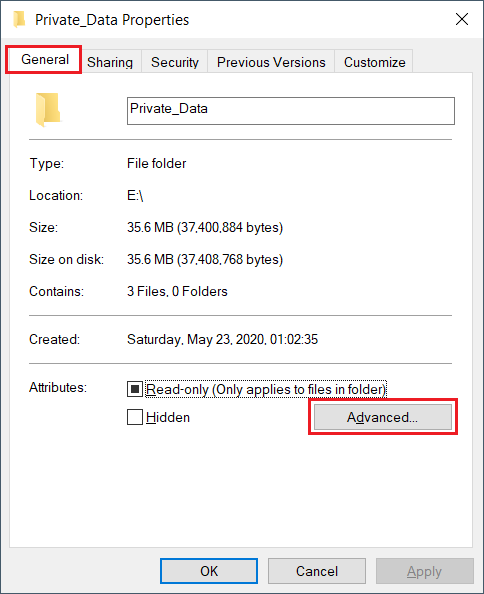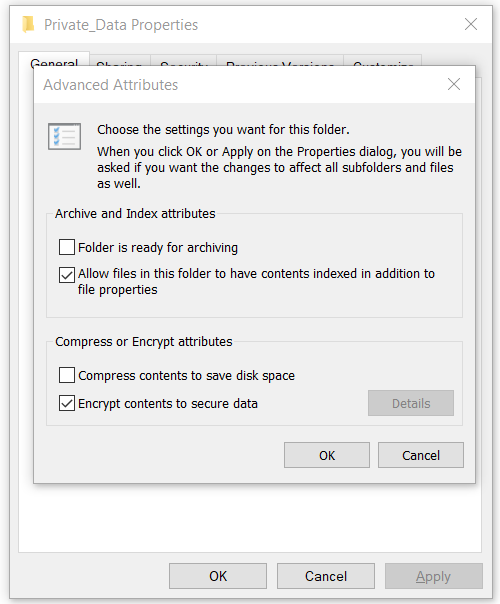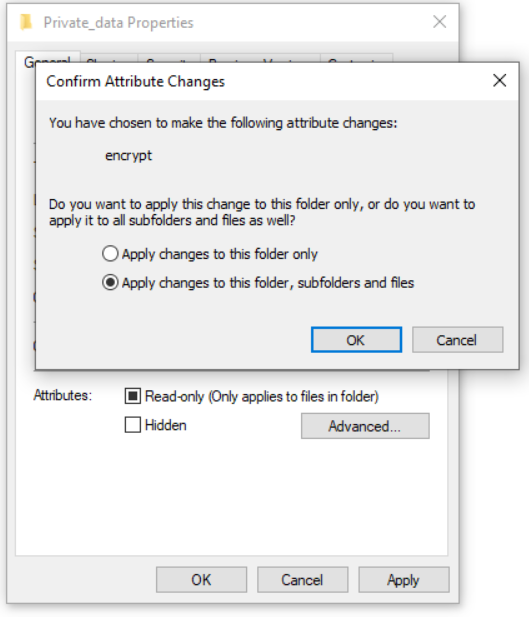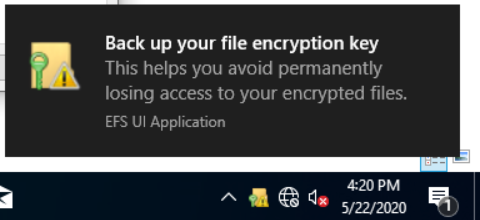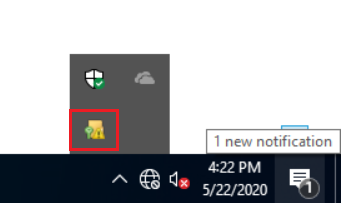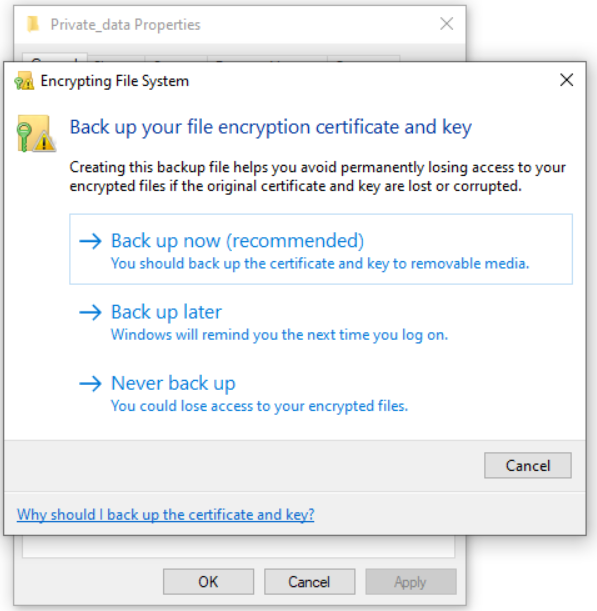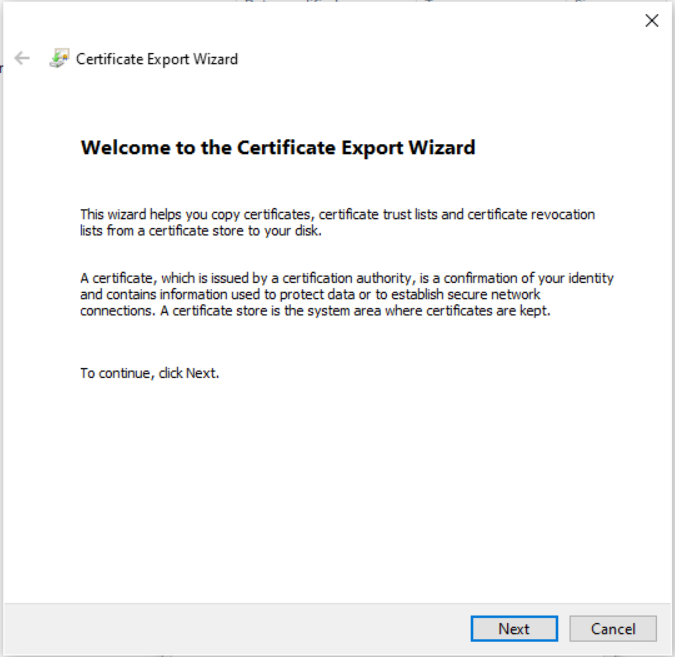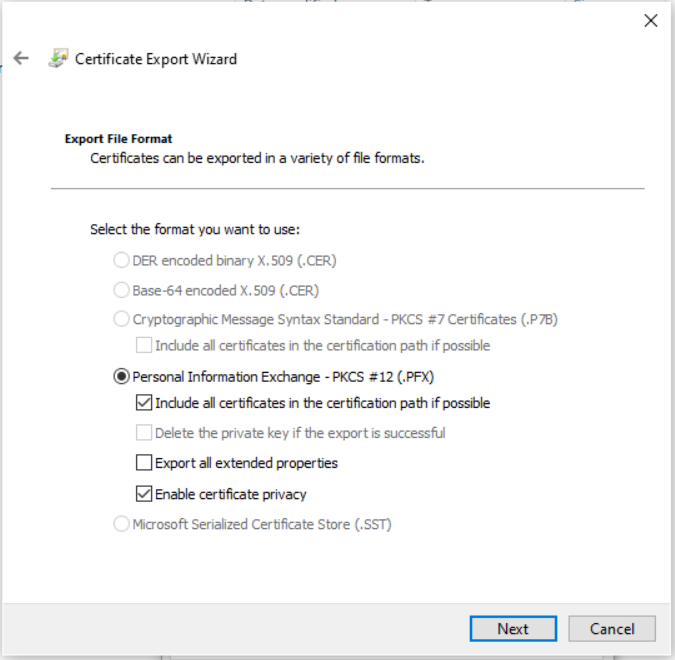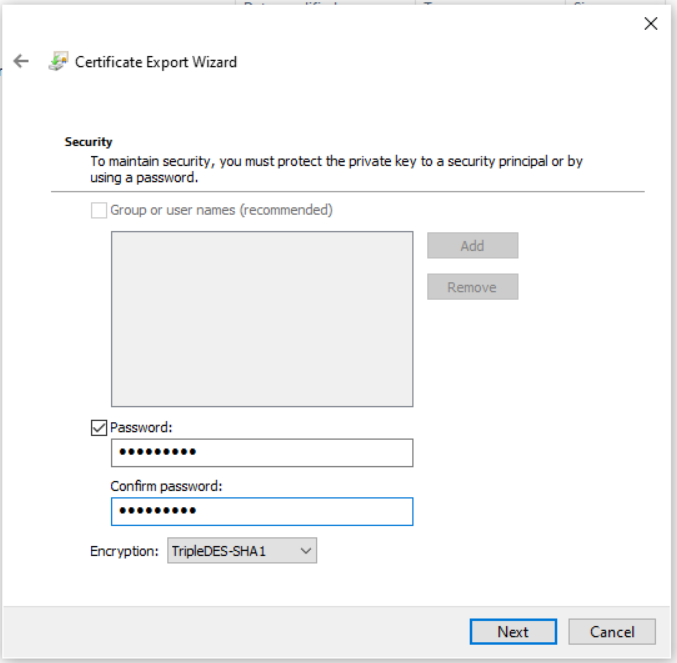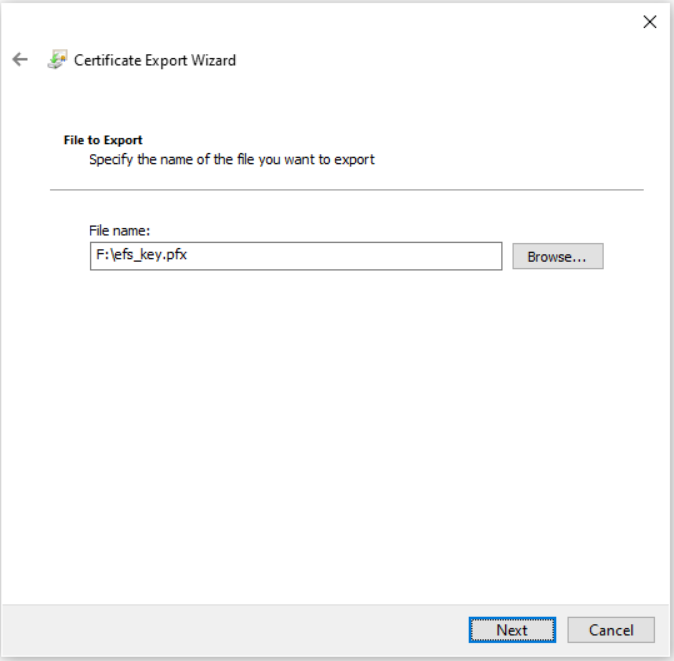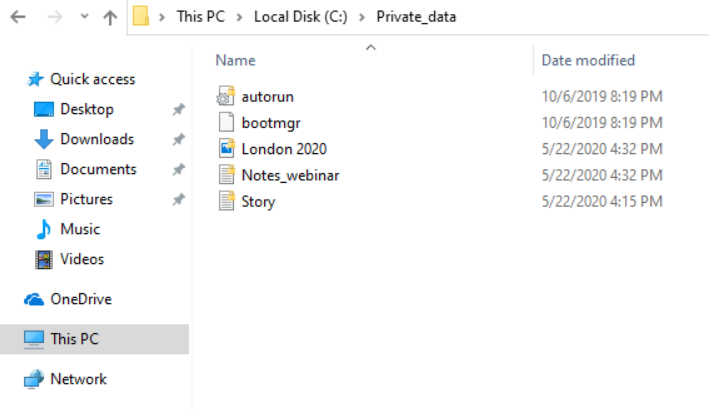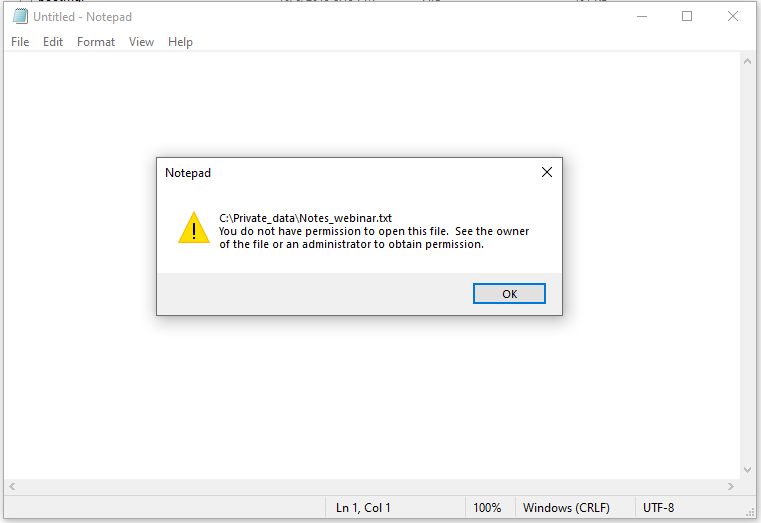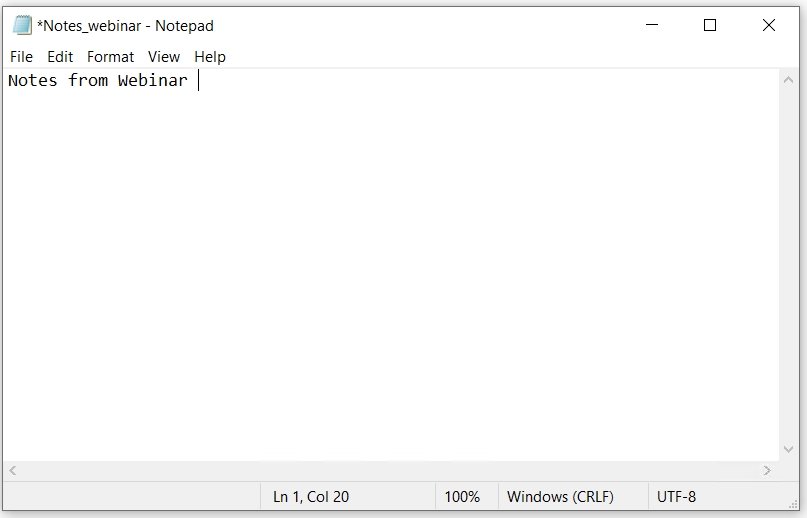In this article, we will show you how to use Encrypting File System (EFS) to encrypt files and folders in Windows 10, but the same procedure applies to the previous operating systems. The Encrypting File System (EFS) is available on Windows 10 Pro, Enterprise, and Education edition. In order to make it clear and understandable, we will create a scenario. The single Windows 10 Pro machine is used by two users. Both users have own user accounts (Local Administrators) to perform daily activities. User “A” has created and stored some private data in the root of C: partition and User “A” wants to encrypt the data so, that User “B” does not have access. This article consists of two parts. In the first part, we will show you how to encrypt data as User “A” and prevents User “B” from running. In the second part, we will show you how to enable User “B” to access encrypted files created and stored by User “A”.
1. Encrypt files and folders
In case it disappears from the screen, you can access it in the taskbar, as shown in the screenshot below.
2. Enable other users to access the encrypted files in Windows 10
In case any other users try to access encrypted files, it will not be able due to missing permissions, as shown in the screenshot below. In order to enable other users to access the encrypted files, we will apply the certificate that will give necessary permissions to access the encrypted files. This is the certificate we exported in the first part of this article.
What is: Encrypting File System ’efs’How to encrypt system partition by using BitLocker without TPMHow to Password Protect or Encrypt Excel FilesHow to Stop Windows 11 from Encrypting Drive Automatically?
